A new NSS Position Paper just released is reproduced in full below. We also have a PDF copy.
The NASA Artemis Moon program aims to land the first woman and the next man on the Moon by 2024, a goal that the National Space Society (NSS) applauds. Due to recent efforts to cancel or reduce some of the best aspects of Artemis, NSS has decided to specifically endorse the following:
Human Lunar Lander Commercial Contracting
- NSS strongly endorses NASA contracting the service of landing on the Moon, rather than building, owning, and operating a lunar landing system itself.
- NSS endorses NASA’s efforts to initially fund three lunar lander vendors and to fully fund two vendors through landing on the Moon. The Commercial Orbital Transportation Services (COTS) and Commercial Crew Development (CCDev) programs have shown the value of relying on multiple technologically dissimilar vendors.
- NSS notes that NASA is wisely adding a third vendor (Sierra Nevada Dream Chaser) to Commercial Resupply Services second-phase contracts (CRS-2) for the International Space Station, and NSS urges the same course be followed regarding lunar landers. One possible approach is to select a third human-class lander from among the leading vendors of the Commercial Lunar Payload Services (CLPS) program endorsed below.
- NSS endorses the use of commercially procured launch vehicles to send lunar lander components to the Moon.
Commercial Lunar Payload Services (CLPS)
- NSS strongly endorses NASA’s Commercial Lunar Payload Services (CLPS) program with its emphasis on multiple commercially procured lunar landers and a willingness on the part of NASA to assume greater risk than is normally the case with NASA programs. CLPS is literally NASA done right and provides a shining example for other NASA programs to follow.
- NSS applauds the recent additions of Blue Origin, Ceres Robotics, Sierra Nevada Corporation, SpaceX, and Tyvak to the pool of vendors eligible to bid on proposals to provide deliveries to the surface of the Moon through NASA’s CLPS initiative. These additions increase the list of CLPS participants on contract to 14.
Role of the Gateway
- NSS endorses the flexibility NASA has shown in not requiring that a lunar lander dock with the Gateway.
- NSS supports the use of commercially procured launch vehicles to resupply the Gateway.
Sustainable Lunar Economy
- NSS supports the efforts of NASA to create an economically sustainable lunar landing program and cautions against any approach to Artemis that is not targeted toward future commercial operations on and around the Moon.
- NSS endorses the focus on exploring the potential water resources of the lunar poles.
- NSS strongly endorses NASA’sVolatiles Investigating Polar Exploration Rover (VIPER) a mobile robot that will roam around the Moon’s south pole looking for water ice. The VIPER mission will provide surface-level detail of where the water is and how much is available for use.
Tipping Point Grants
NSS also endorses “Tipping Point” grants[1] in general and calls attention to the following Moon-related actions by NASA:
- An unfunded Space Act Agreement with SpaceX to study the impact of landing large vehicles on the Moon. An additional Space Act Agreement with SpaceX calls for the study of on-orbit Starship-based fuel transfer.
- Three unfunded Space Act Agreements with Blue Origin related to the development of lunar lander technologies.
- A $3M Tipping Point grant to SpaceX to study methods of on-orbit ship-to-ship fuel transfer
- A $10M Tipping Point grant going to Blue Origin to conduct a ground-based demonstration of hydrogen and oxygen liquification and storage.
NSS looks forward to these and other Tipping Point grants becoming the core of a program of lunar exploration and development that leads eventually to lunar bases and finally settlements, rather than another unsustainable “flags-and-footprints” Apollo-like program.
_______________
[1] The public-private partnerships established through Tipping Point selections combine NASA resources with an industry contribution of at least 25% of the program costs, shepherding the development of critical space technologies while also saving the agency, and American taxpayers, money. See https://www.nasa.gov/directorates/spacetech/solicitations/tipping_points

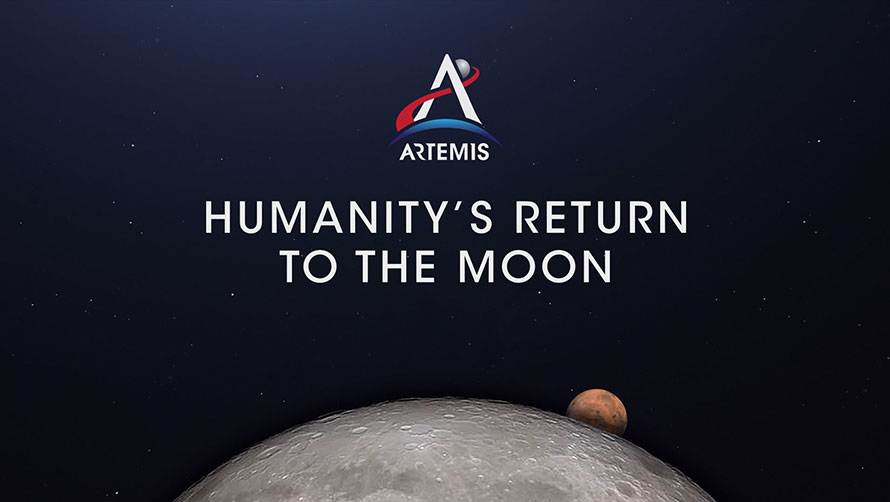
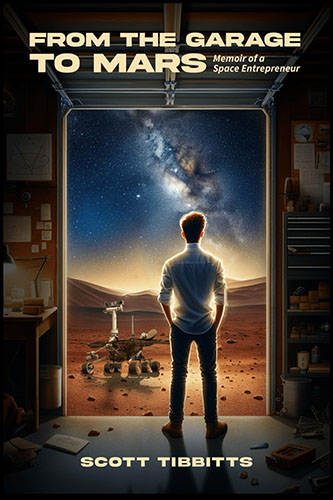
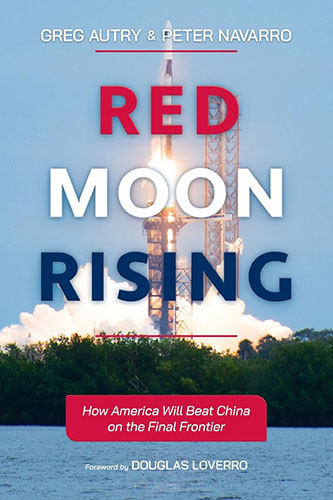
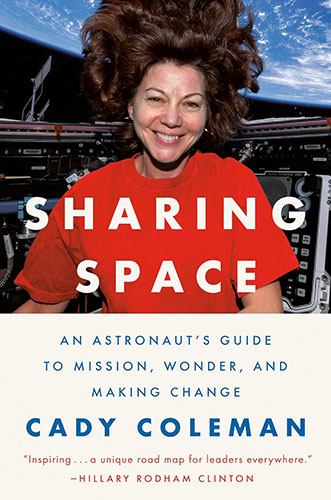
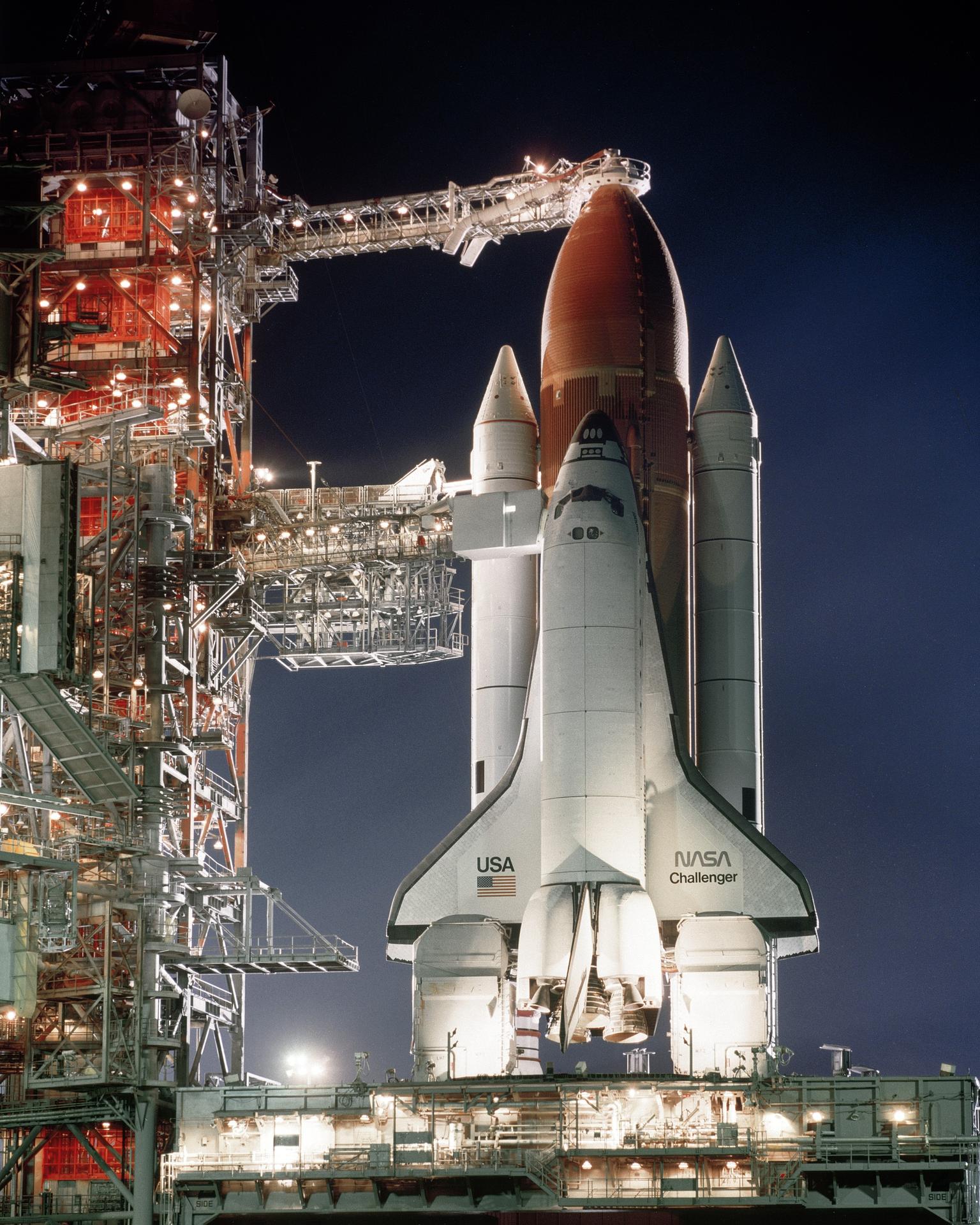

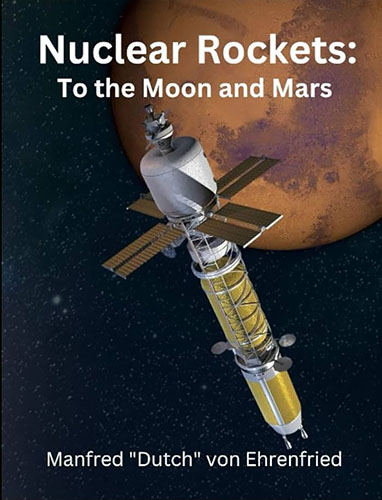
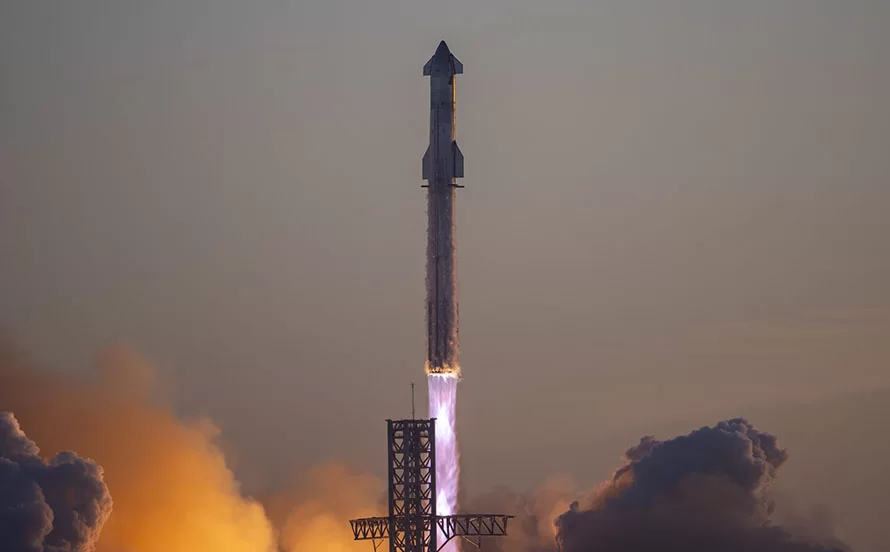
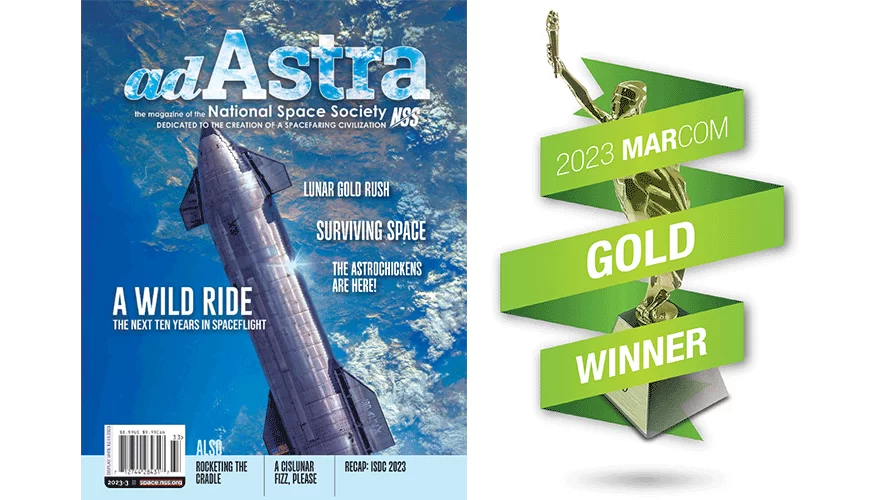
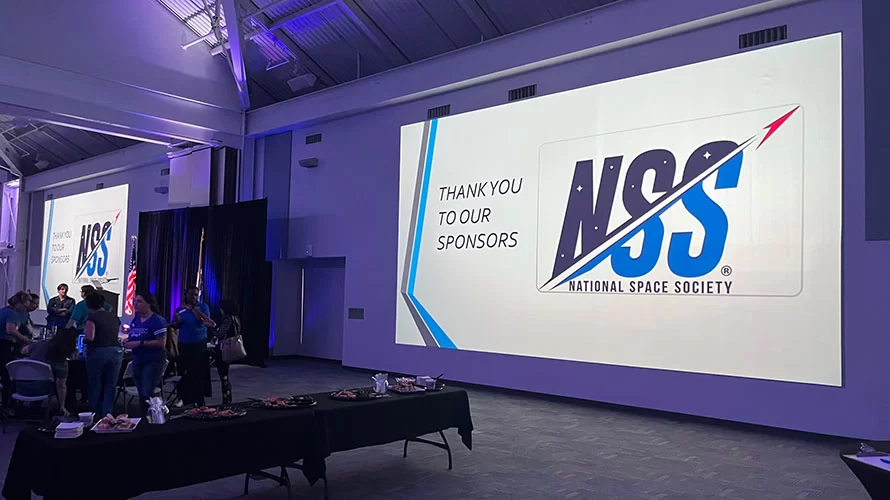
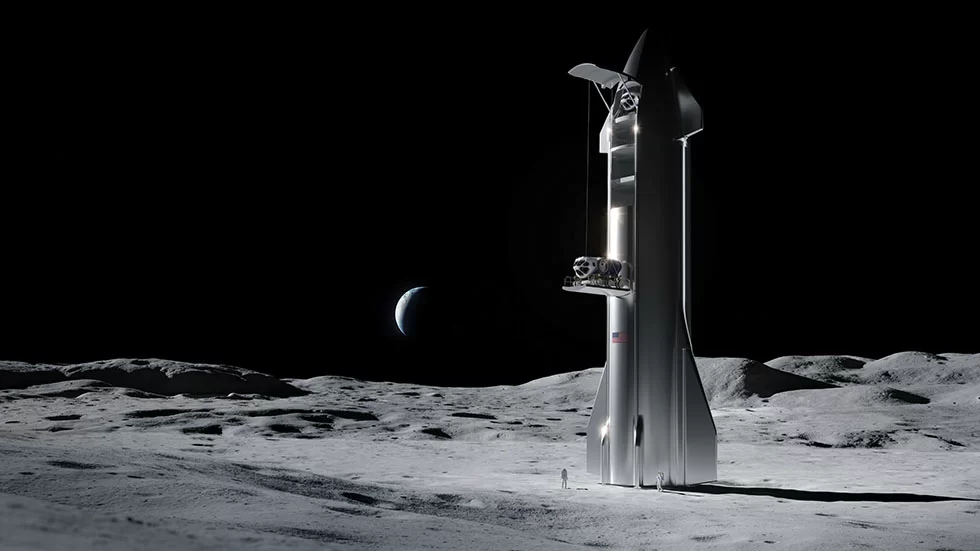

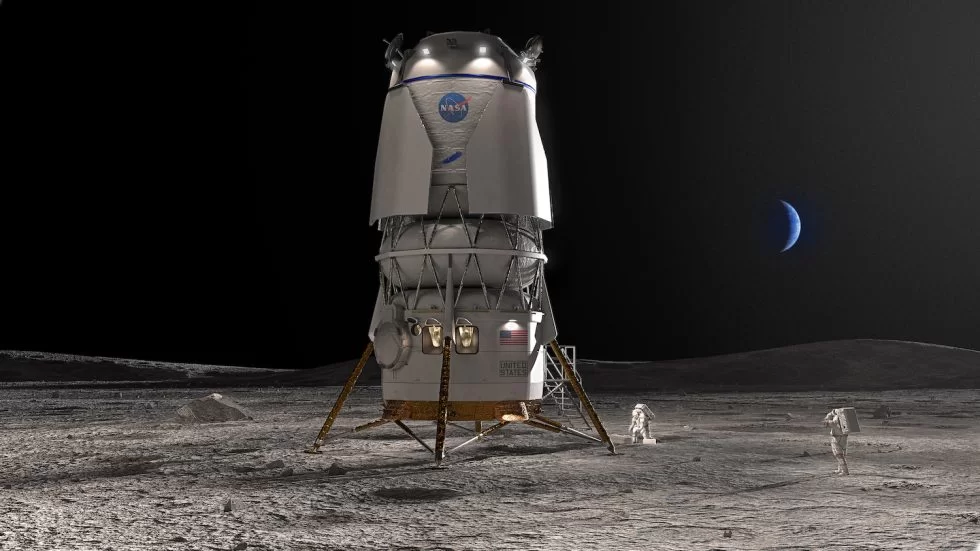
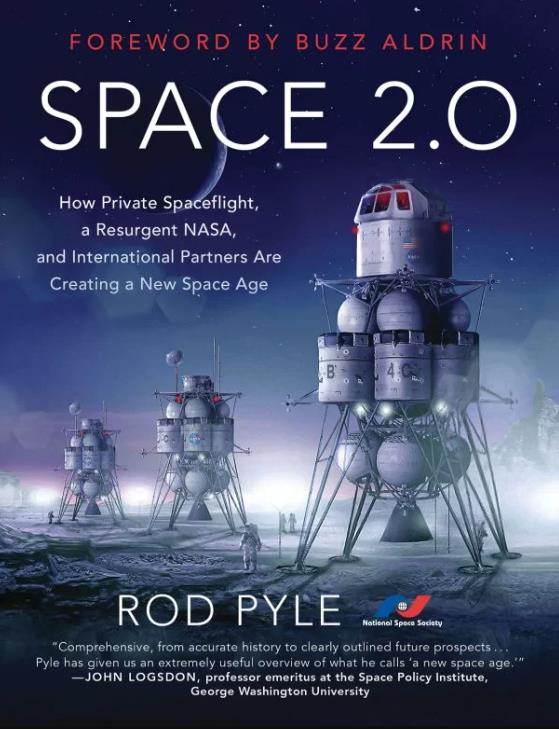
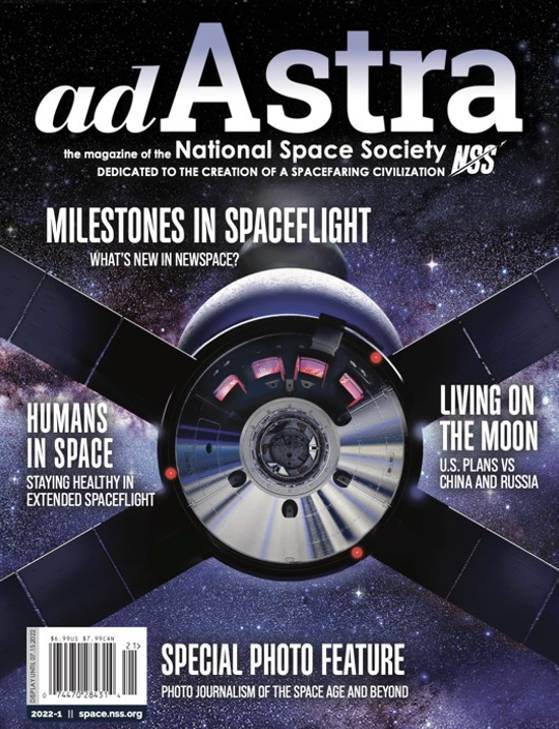
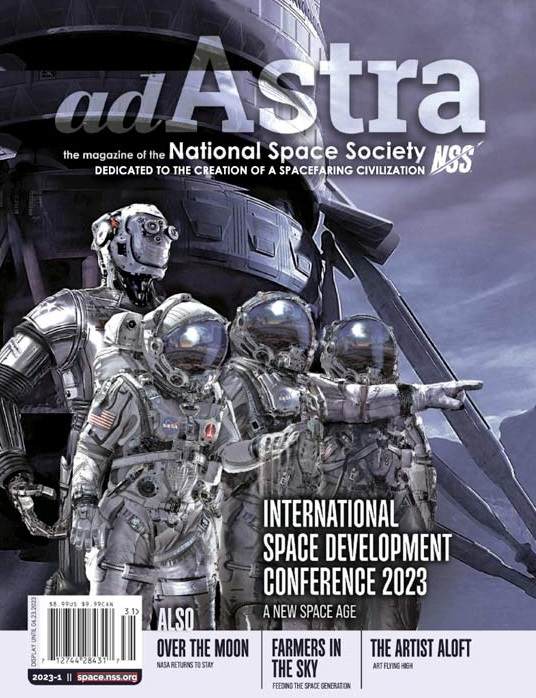
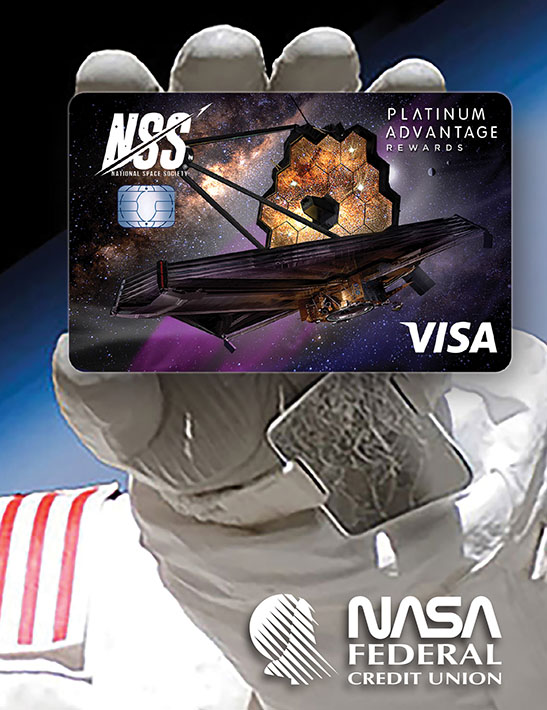

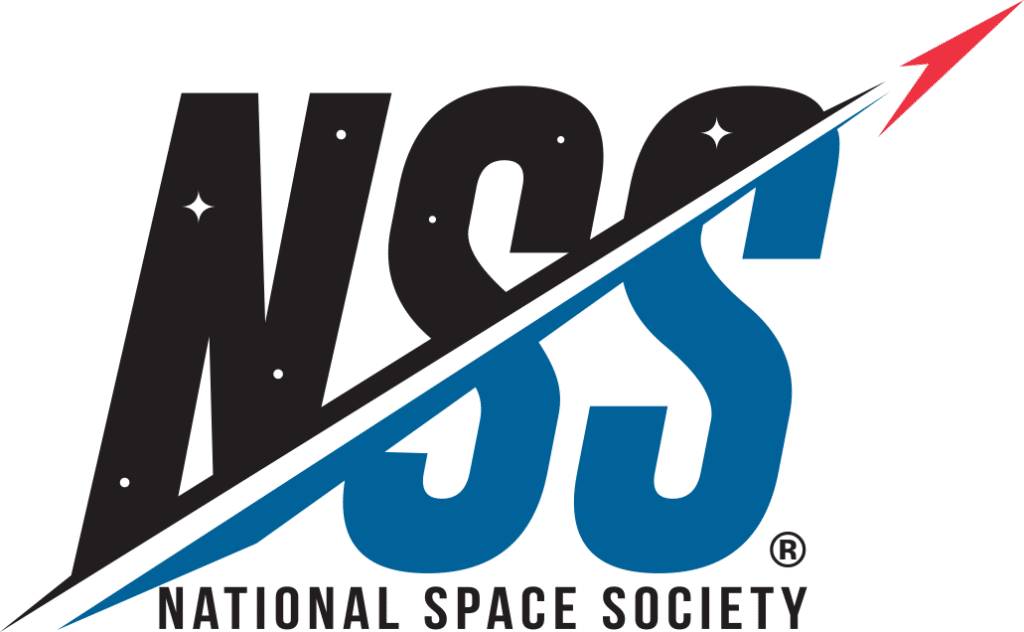
6 thoughts on “NSS Position Paper: The Artemis Moon Program”
Excellent! Proud to be an NSS member. Hope this is received well where it matters.
Strongly support NSS position paper on the Artemis Program… the inclusion of commercial assets to the NASA efforts is vital to the expansion and the future of humanity’s drive into space.
The lunar gateway is an international project which is supported by many countries – including my country, Canada. As an NSS member I take exception to the fact that NSS supports NASA’s effort to put the gateway on the backburner and get behind U.S. companies who plan to build lunar landers. As an international organization, NSS should look beyond the borders of the U.S. and not just focus on NASA’s lunar efforts. BTW: Canada was among the first countries to throw its support behind the lunar gateway..and NASA came to Canada seeking its support
YES, Back to the Moon to Stay and onto Mars and Beyond-Ad Astra… The return to the Moon at the Lunar South Pole can jump start the Lunar Economy by recovering Lunar Water Ice ! Once the US and others return to the Moon a Lunar Base can be maintained and less than one hundred tonnes of Lunar Water Ice is needed for a start. Then Robert Zubrin’s LEV can make trips from LEO to the LS and refuel at the Lunar Base for the return trip to LEO. The LEV can handle a Crew of four (4) Lunar Workers for the three and a half day trip to the LS… And the LEV can also support the Passenger Transport Module of the NASA designed “24-Hour Lunar Shuttle” (LEO to a Polar LLO) ! Also the LEV can explore to 45 deg. of Latitude (25% of the Moon) and return to the Lunar Polar Base. And the Lunar Base can teach NASA and others to Live off of the Land ! Eyes UP and lights down… tjl tjlipin T. Lipinski
Thank you, Peter, for supporting an international effort in returning to the moon.
Gateway was a political gambit to get POTUS to commit to some kind of Moon return program.
He wanted something NASA knew it could do and do in 8 years. So, they promised only something they had done before, a space station. It can be justified only by facilitating landings at many points on the Moon for exploration, rather than a focus on where the first base is. However, in a room of 55 AIAA members, not one raised their hand to support the idea of doing Gateway rather than a landing. NASA is hedging its bets. NSS should shift its attention to getting past the Democratic Party’s tendency to think that the money is better spent on Earth by offering an exciting vision of the future in space, a new Age of Discovery, supported by some leading Democrats in Congress. Avoid Presidential candidates since a pro space position will be attacked by opponents in the primaries. Wait until they know who is running against Trump and try to get them to avoid attacking his support for space activity. We just want to help them attack the specifics of his way of advancing the cause with shortsighted thinking and arbitrary politically motivated deadlines. If they just attack Gateway as a silly way to get back to the Moon, we lose nothing when they cancel the program-as long as they just shift resources to building a lunar base. Shifting it to fund social equity programs would be laudible, but just a drop in the bucket of the spending required by such programs and that kind of funding shift is what would be would be a setback for us.